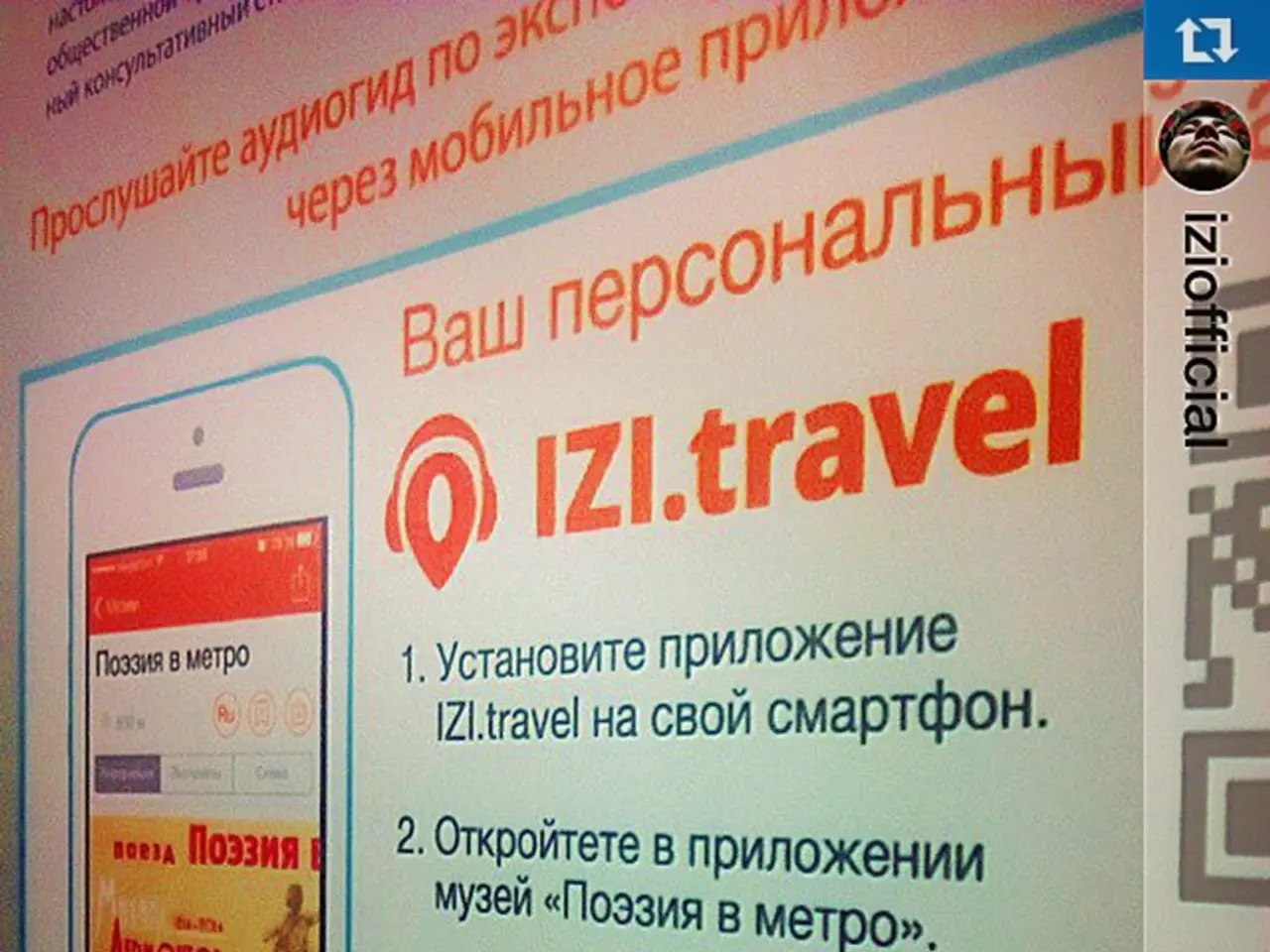Green Energy Unveiled: Finding Authentic Sustainable Electricity Tariffs in Germany
Unveiling Hidden Green Energy Pricing: A Comprehensive Guide
Let's face it, switching electricity providers in as little as 24 hours is a breeze. But what about going green? Well, it's not just about flipping a switch. You need to be savvy when it comes to finding genuine green energy tariffs. Not every supplier offering "green energy" is actually green.
The term "green energy" generally refers to electricity derived from renewable energy sources such as wind turbines, solar panels, or hydroelectric power plants. However, there's a catch - there's no legally binding definition for "green energy" in Germany.
Some providers are pushing the boundaries of greenwashing, using the term to sell electricity with a green image, but not necessarily contributing to the transition to renewable energy in a meaningful way, according to consumer advocates.
So, how can you tell if a tariff is the real deal? Here are some key criteria to consider:
- 100% Renewable Energy: A genuine green energy provider should supply electricity exclusively from renewable energy sources.
- Promoting Sustainable Energy Expansion: Beyond offering green energy, a provider should also be investing in the expansion of renewable energy sources in Germany.
- Independence from Conventional Energy Producers: The provider should not be financially tied to or reliant on conventional energy producers.
If you're not keen on the nitty-gritty, consumer protectors recommend looking for labels and certifications. Labels like the "Grüner Strom" quality seal and the "ok-Power" green energy label ensure a minimum benefit for the energy transition, as well as guarantee that the provider is not involved in nuclear, new coal, or lignite power plants.
Switching to a green energy provider doesn't necessarily mean you'll receive green electricity through your socket, as the supplied electricity usually comes from the nearest power generator. However, by selecting providers that actively strive to expand renewable energy, you can support the energy transition. In fact, green energy is often cheaper than the local basic supplier, with a four-person household potentially saving between 50 to 350 euros per year, according to the non-profit consulting organization Co2-Online.
So, when going green, do your homework. Look for transparency, recognize labels, and choose providers that truly make a difference. The future of energy depends on it.
- In the community policy, it is crucial to advocate for the promotion of environmental-science in industry, particularly in the development of green employment policies to support the expansion of renewable energy sources.
- To ensure authentic sustainable electricity tariffs, employment policies within the energy sector should prioritize finance, with a focus on investing in green energy projects and technologies that contribute significantly to the transition from conventional energy sources.
- As part of the employment policy, the commitment to employment in the field of energy should extend beyond the supply of 100% renewable energy; it is also crucial that providers engage in practices that reduce their carbon footprint and adhere to environmental standards in their operational policies.




